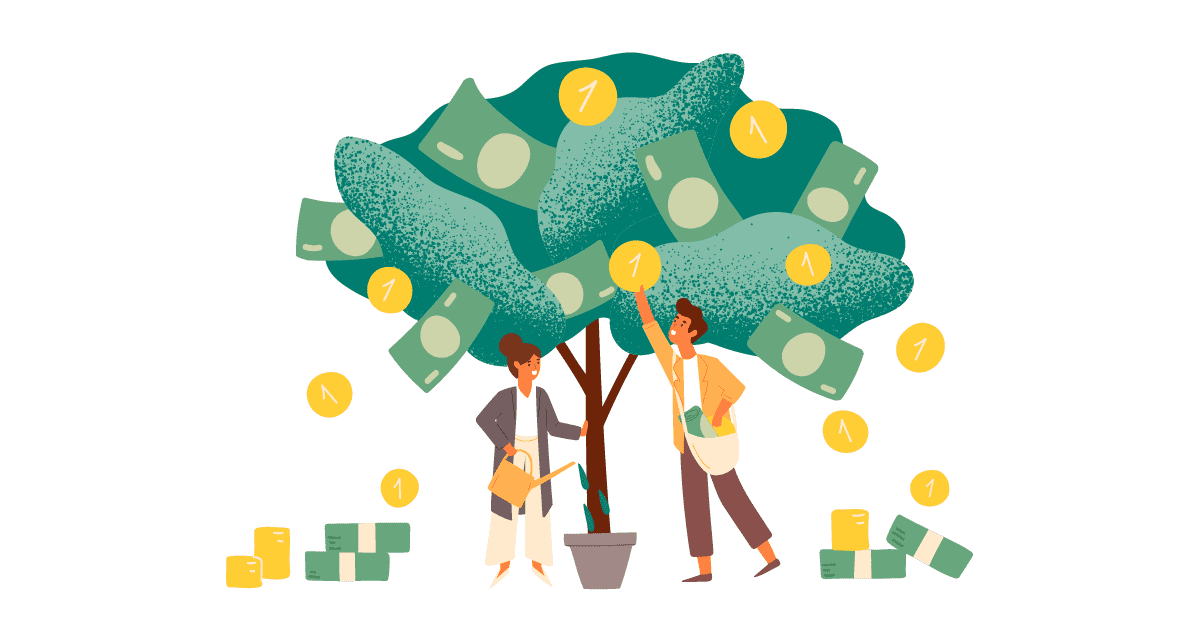- Guest Contributor
- November 17, 2021
Transferring money online has become common practice today. But most people don’t really think about how it works. They press some buttons, or tape their smartphone touchscreens, and money goes from one place to another. It can be almost instantaneous or take a few days, depending on the circumstances. So, what’s actually going on when you transfer your money? Here’s what you need to know.
What You Need to Understand When You Transfer Your Money
It’s Called an ACH Transfer
The process of transferring money from one bank to another is called an Automated Clearing House (ACH) transfer. These kinds of transfers can happen in two different ways. They occur when you “pull” money, such as when you initiate an ATM withdrawal. But they’re also what you use to “push” money from one account to another.
Whether that’s between accounts at the same bank, or between two different banks, the process is essentially the same. For purposes of an ACH transfer, financial institutions such as PayPal and Stripe count as banks. A deposit from one of these places into your checking account, for example, may even say ACH transfer, and then the name of the institution it was transferred in from, along with the date and amount.
The idea of moving money may seem like banks are always shuttling cash back and forth. In reality, though, no paper money changes hands. It’s all handled electronically by the clearing house, and records are kept to show the transactions and amounts belonging to each bank and depositor in the system.
The Timing Can Really Matter
When it comes to ACH transfers, timing is everything. These transactions are processed only seven times throughout the day, by network operators. The processing only happens on days that banks are open, so they won’t occur on holidays or weekends. A financial institution has the choice between same-day transfers, or transfers that take one to two business days.
Debit transactions have to process by the next business day, and payments can be processed on the same day they are sent. Sometimes, banks also hold the funds for a period of time when you transfer your money, so the total time between initiating the transfer from one bank, and having the money available at the other bank, can vary. Other times, you can receive your money as soon as it’s sent.
There Can be Fees and Restrictions
Depending on your bank, there might be fees for things like expedited payments. For example, if you’re trying to pay a bill, and you need to get it paid that day (so it isn’t late), your bank might charge you to transfer your money. Most banks don’t charge for those services, but it’s important to know your bank’s rules before initiating a payment or transfer.
PayPal, for example, can transfer funds to your bank in one to two business days for free. If you want an instant transfer that takes only a few minutes, though, you’ll need to pay a fee for that service. Sometimes, banks also simply charge to send money to other banks. For example, when you want to move money from your Bank of America checking account to a savings account at JPMorgan Chase, you may be charged for that.
This is just an example, though, and you may or may not have fees associated with it. Checking with your bank before transferring any money between banks is generally the best option. There are often also restrictions, including cutoff times for transfers and limits on the amount you can move at one time.
Make Sure You’re Always Banking Smarter
While moving money between banks is generally easy and usually free, make sure you take a look at the rules and regulations before you start a transfer, to save yourself money and aggravation. It’s good to consider all of your options to ensure you’re banking smarter every day. Having options, especially digital banking options, that let you easily transfer money from one account to another can be a real game-changer.
About the Author: Michelle Dakota Beck has worked as a professional freelance writer since the 1990s. During that time she has written everything from product descriptions to full-length books. Her areas of specialization include real estate, home services, legal topics, relationships, family life, and mental health issues. You can find her on WriterAccess.











